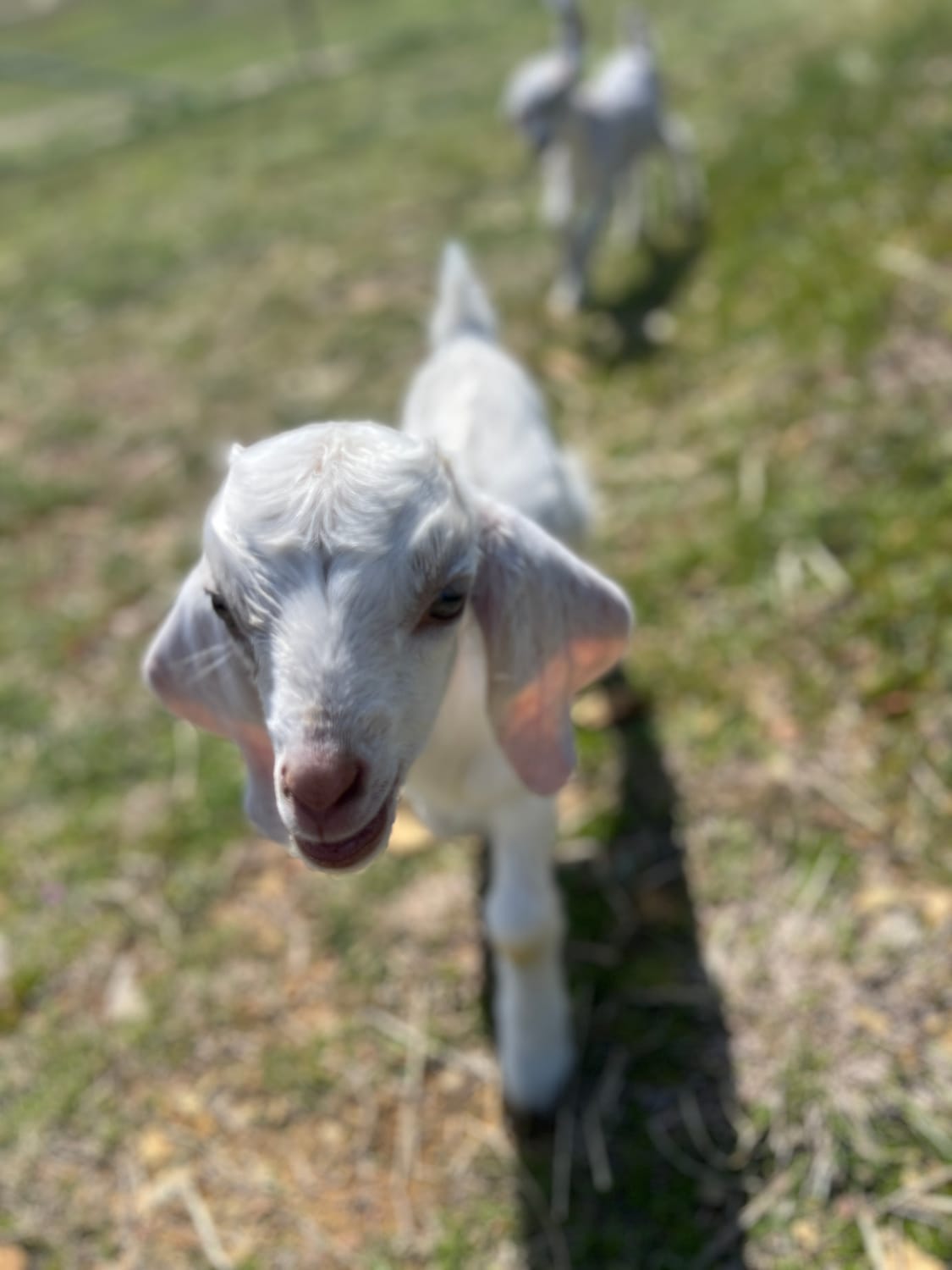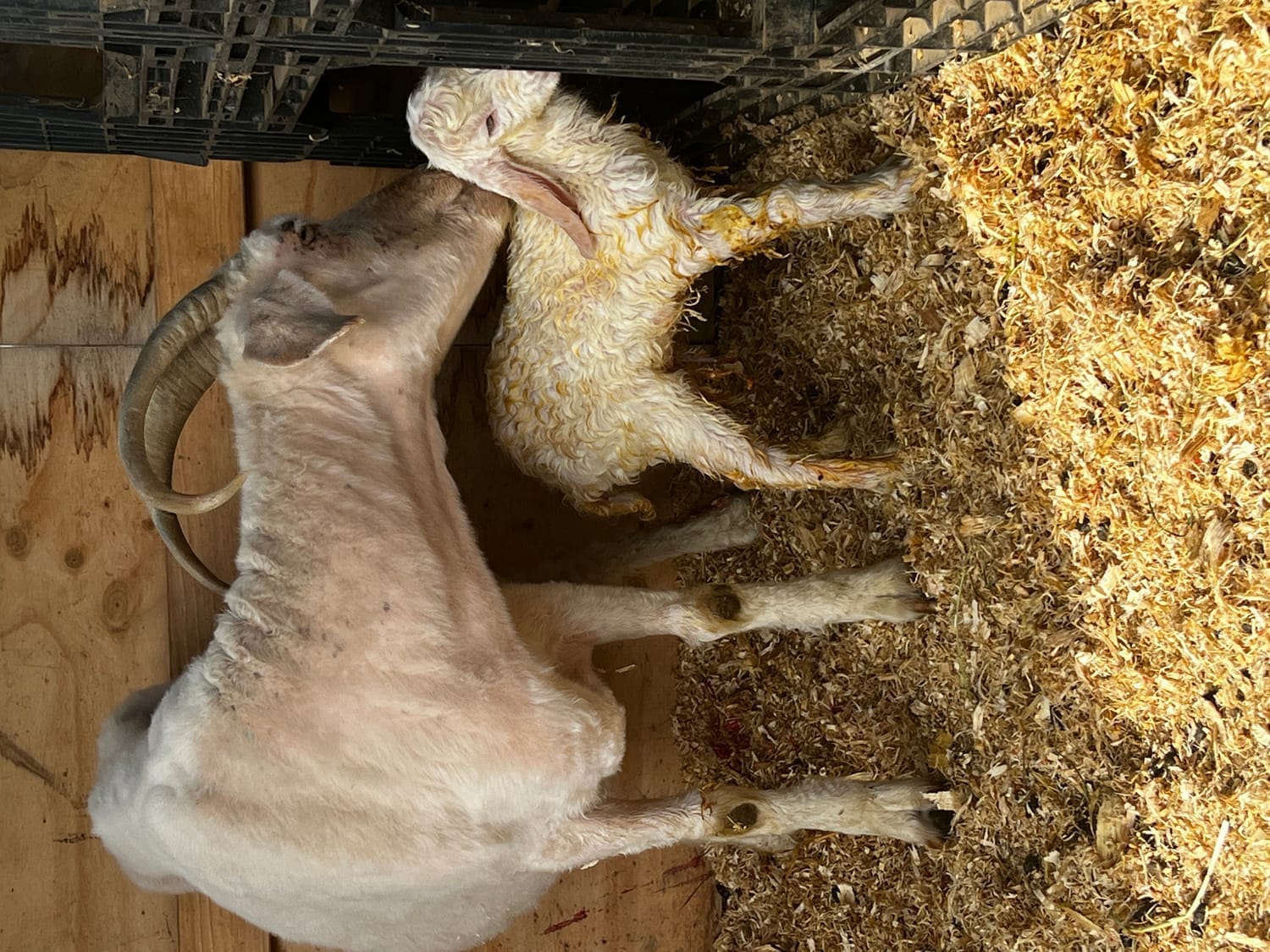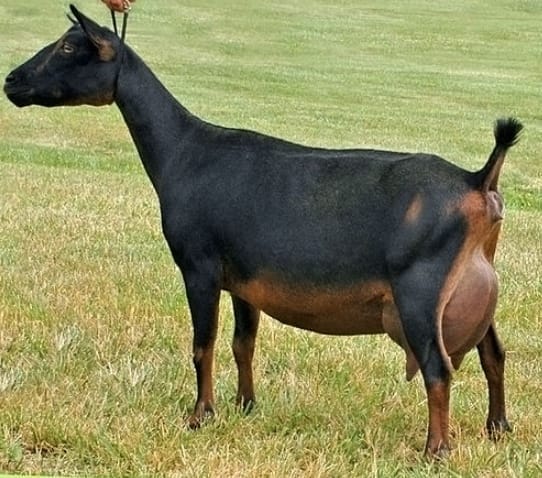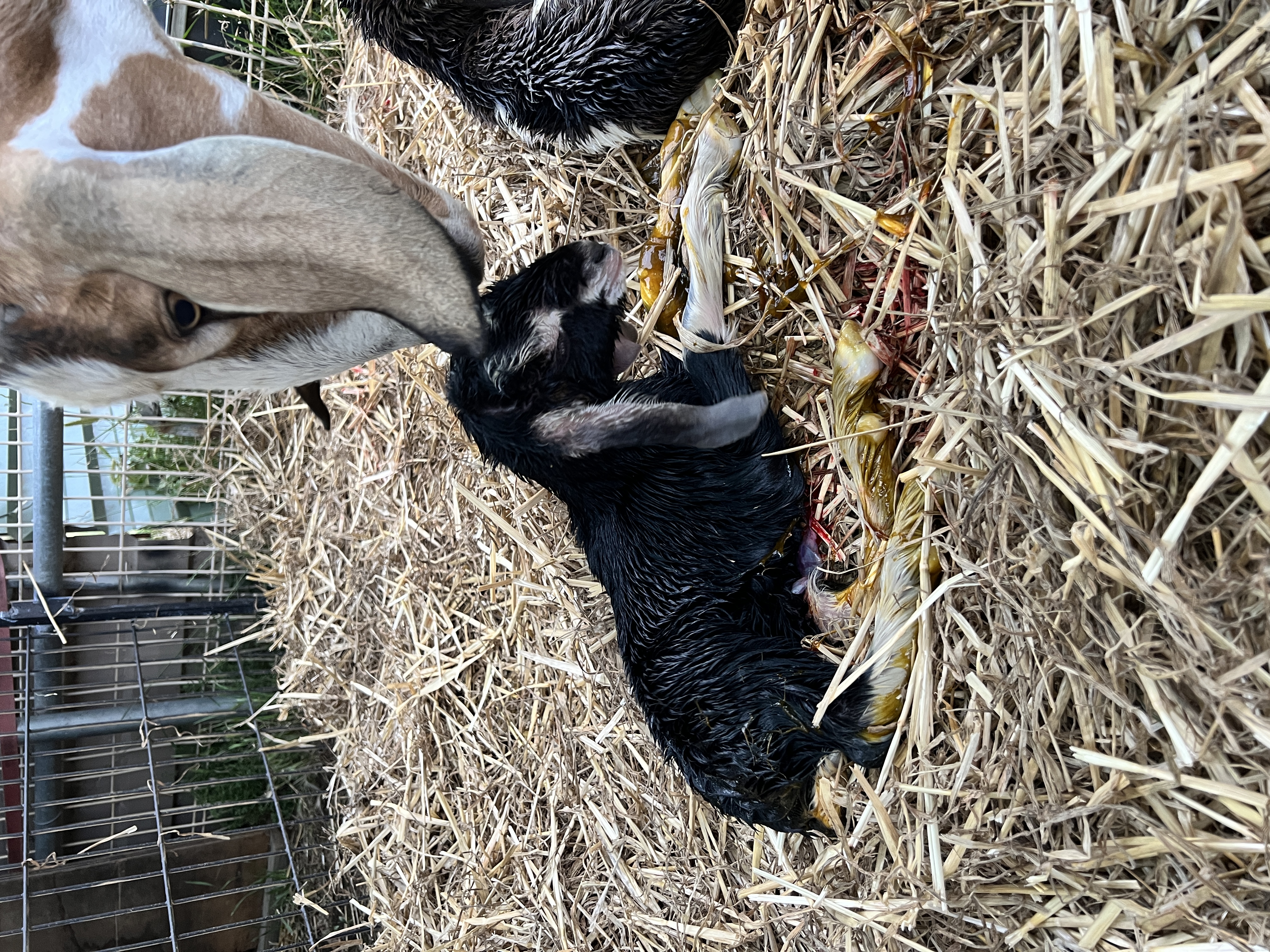
Goat Kidding Basics
Breeding Basics for Milking Goats
Dreaming of lively goat kids frolicking around your homestead?
If you're ready to expand your herd of milking goats, understanding the ins and outs of breeding is key.
From knowing the right time to breed to recognizing pregnancy signs, and eventually welcoming those precious goat kids, this guide makes sure you're well-prepared.
You'll get a handle on everything from choosing the right buck to mastering the art of kidding.
Get ready to turn those dreams into reality with this beginner's guide to goat kidding.

Breeding goats is a crucial aspect of maintaining a healthy and productive herd.
Let's explore the optimal timing and reasons for breeding your goats.
Timing and Health Considerations
The best time to breed goats typically falls between late summer and early winter, aiming for spring births.
This timing aligns with the natural breeding cycle of goats and provides favorable conditions for kid survival.
Goats should be at least 8 months old and have reached 70-80% of their adult weight before breeding. Rushing into breeding too early can lead to long-term health issues for both the doe and her offspring.
It's important to consider your local climate when planning breeding. In colder regions, you might want to time kidding for warmer months to increase survival rates.
Always consult with a local veterinarian or experienced goat breeder for advice specific to your area.
Breeding Goals and Decisions
When deciding to breed your goats, it's essential to have clear goals in mind.
Are you breeding for milk production, meat, or to expand your herd?
Each goal may influence your breeding decisions differently.
If you're breeding for milk production, you'll want to focus on does with high milk yields and good udder conformation.
For meat production, look for breeds known for rapid growth and good muscle development.
Consider the genetic diversity of your herd. Breeding too closely related goats can lead to inbreeding depression, which may result in health issues and reduced productivity.
Introduce new genetics periodically to maintain a healthy, diverse herd.
Buck Options for Goat Breeding

Choosing the right buck for your breeding program is crucial.
Let's examine the different options available to goat breeders.
Live Cover or Borrowing a Buck
Live cover, or natural breeding, involves bringing a buck to your does when they're in heat.
This method is straightforward and often has high success rates.
If you don't own a buck, you can consider borrowing one or using "driveway breeding" services. This option is more cost-effective than maintaining your own buck year-round. However, it comes with risks such as potential disease transmission and reliance on the buck's availability.
When borrowing a buck, always check its health records and ensure it comes from a reputable source. Quarantine the borrowed buck for a period before introducing it to your herd to minimize disease risks.
Artificial Insemination Insights
Artificial Insemination (AI) is an alternative to live cover that's gaining popularity among goat breeders.
This method allows access to superior genetics without the need to keep or borrow a buck.
AI requires precise timing and some technical skill. You'll need to accurately detect when your doe is in heat and inseminate within a narrow window. Many breeders find it helpful to attend AI training courses or work with an experienced technician initially.
While AI can be more challenging at first, it offers benefits such as disease control and genetic improvement.
It's also a cleaner option, avoiding the strong odors associated with keeping a buck on your property.
Recognizing Goat Pregnancy

Identifying a pregnant goat early allows for proper care and preparation.
Let's look at the signs of pregnancy and how to confirm it.
Signs and Confirmation Methods
Goat pregnancy signs can be subtle, especially in the early stages. Some common indicators include:
Changes in appetite
Udder development (usually 6-8 weeks before kidding)
Visible belly growth after about 8 weeks
Behavioral changes, such as becoming quieter or more affectionate
For a definitive confirmation, you can use blood tests or ultrasound.
Blood tests can detect pregnancy as early as 30 days after breeding, while ultrasounds can provide visual confirmation and potentially reveal the number of kids.
Remember that some does may not show obvious signs, so regular check-ups with a veterinarian are advisable, especially for first-time breeders.
Adjusting Diet for Pregnant Goats
Proper nutrition is crucial for pregnant goats to support their own health and the development of their kids. As the pregnancy progresses, the doe's nutritional needs will change.
In the early stages of pregnancy, maintain the doe's regular diet. Around 6 weeks before the due date, gradually increase feed quality and quantity.
High-quality hay, a balanced grain mix, and fresh water should be available at all times.
Be cautious not to overfeed, as overweight does can have difficulties during birth. Consult with a veterinarian or nutritionist to create a balanced diet plan tailored to your goat's specific needs.
The Actual Kidding
Kidding is the culmination of months of preparation.
Understanding the process and being prepared can help ensure a smooth delivery.

Labor and Delivery
The kidding process typically occurs in three stages:
Pre-labor: The doe may become restless, paw at the ground, or vocalize more than usual.
Active labor: Contractions begin, and the doe starts pushing.
Delivery of the placenta: This usually occurs within a few hours after the last kid is born.
Most goats give birth without assistance, but it's important to monitor the process.
Normal delivery should progress within 30-60 minutes of active pushing.
If labor seems prolonged or the doe appears distressed, be prepared to intervene or call a veterinarian.
Kid Aftercare
Immediately after birth, ensure that each kid is breathing and remove any mucus from their nose and mouth. Allow the mother to lick and bond with her kids, as this stimulates their circulation and breathing.
Dip the kids' navels in iodine solution to prevent infection. Monitor the kids to ensure they're nursing within the first 1-2 hours. Colostrum, the first milk, is crucial for providing antibodies and nutrition.
Keep the kidding area clean and warm. If kids seem weak or aren't nursing, you may need to assist with feeding or provide supplemental colostrum.
Potential Issues
While most kiddings proceed normally, it's important to be aware of potential complications:
Malpresentation: If kids are not positioned correctly for birth, assistance may be needed.
Retained placenta: If the placenta isn't expelled within 12-24 hours, veterinary intervention may be necessary.
Weak or rejected kids: Some does may reject their kids or be unable to care for them properly. Be prepared to bottle-feed if needed.
Always have the contact information for a veterinarian experienced with goats readily available.
If you're unsure about any aspect of the kidding process or the health of the doe or kids, don't hesitate to seek professional help.
BY MOJO HOMESTEAD











